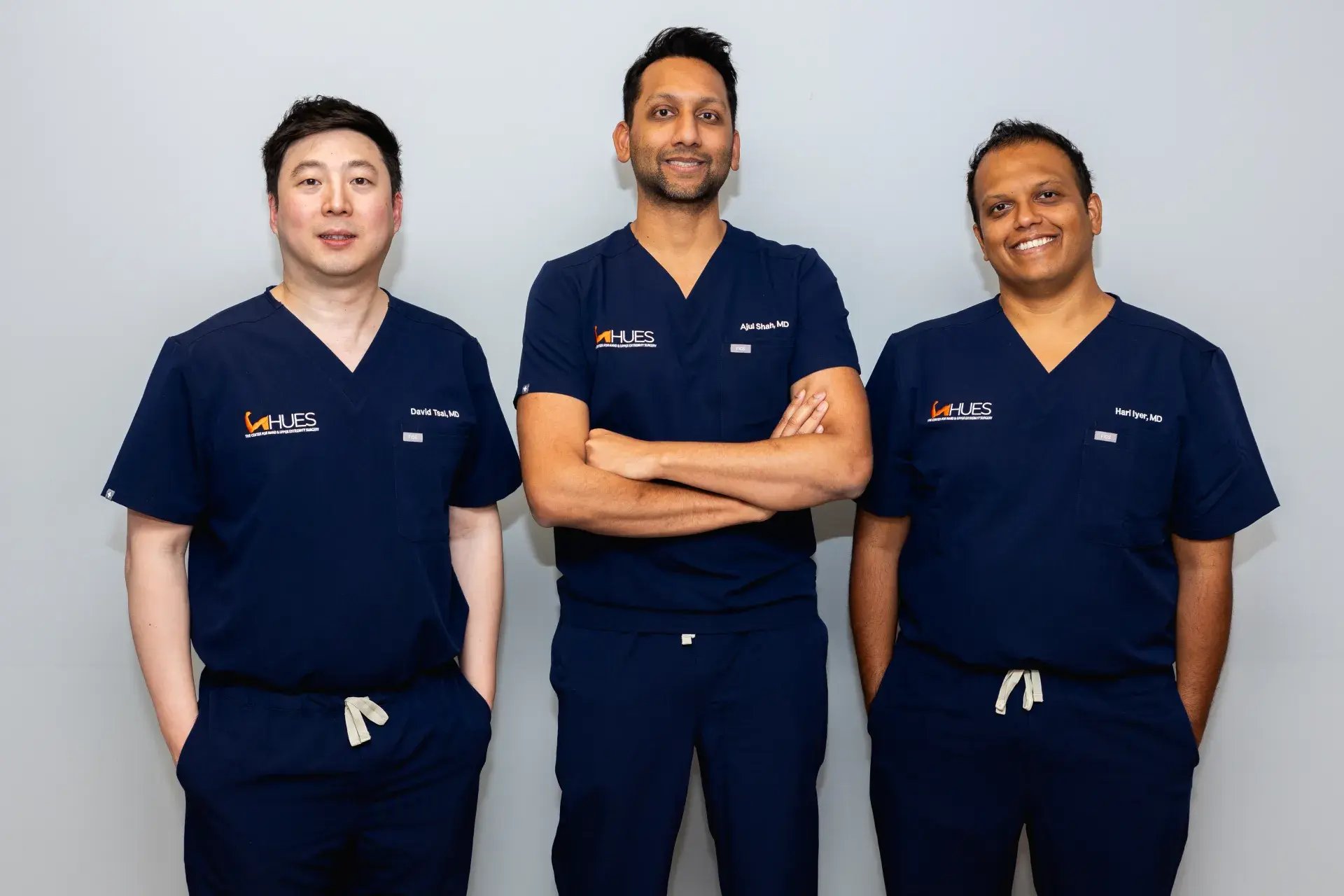De Quervain's tenosynovitis (also known as first extensor compartment tendonitis or tendinitis of the wrist) is a painful condition that affects the tendons on the thumb side of the wrist. Common symptoms include pain, swelling, and difficulty moving the thumb and wrist. Recent studies suggest that De Quervain's tenosynovitis may be linked to increased texting and smartphone use, as repetitive thumb movements during these activities can exacerbate the condition.
Approximately 0.5% of men and 1.3% of women are diagnosed with De Quervain’s Tenosynovitis, which can progress if left untreated. In severe cases, it may result in restricted thumb and wrist movement, making everyday activities challenging. Therefore, seeking timely medical attention and treatment is crucial for a quicker recovery and better long-term outcomes.
De Quervain’s Tenosynovitis
Treatments
The goal when treating De Quervain’s tendinitis is to reduce pain and regain full movement of the thumb.
Non-Surgical Treatments
Rest and Activity Modification
Resting the affected arm and avoiding activities that worsen symptoms can help alleviate pressure on the tendons.
Bracing or Splinting
Wearing a padded brace or splint can keep the wrist in a neutral position, reducing pressure on the tendons.
Medication and Supplements
Over-the-counter Nonsteroidal Anti-Inflammatory Drugs (NSAIDs) like ibuprofen or prescription-strength options may be recommended to reduce inflammation Over-the-counter pain relievers like acetaminophen (Tylenol) may also be recommended for pain.
Physical Therapy
Hot and cold compresses can provide relief while therapeutic exercises can improve strength and flexibility in the arm.
Corticosteroid Injections
Corticosteroid injections around the affected area to reduce inflammation and pain temporarily.
Surgical Treatments
Decompression Surgery
Also known as a “release surgery,” is a minimally invasive procedure aimed at relieving pressure on compressed tendons. Patients often experience alleviated pain, improved mobility, and better overall hand and wrist function. This procedure can be done under local anesthesia, if desired.
Contact Us Today
Why Patients Trust the Center for Hand & Upper Extremity Surgery
Our state-of-the-art ambulatory surgical center is recognized as one of the top facilities in the country for upper extremity surgery. Here, we specialize exclusively in the intricate procedures of the hand and upper extremities. Learn more about our surgery center and the world-renowned doctors and surgeons who deliver extraordinary care to patients with De Quervain's tenosynovitis.
When to Seek Medical Attention
If you experience persistent symptoms, such as pain, swelling, or difficulty moving the thumb and wrist, or if conservative measures like rest, splinting, and over-the-counter pain relievers fail to provide relief within a few weeks; it's important to consult a healthcare professional for a proper diagnosis and personalized treatment plan to prevent long-term complications.
FAQs
With proper treatment, most patients experience significant relief from symptoms and can return to their regular activities. If managed early, the prognosis is generally favorable, and the condition is not usually progressive.



